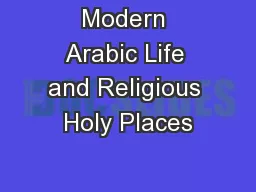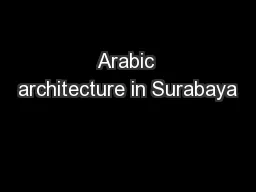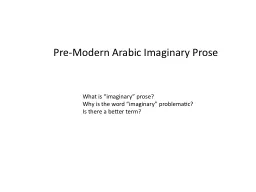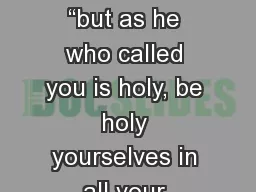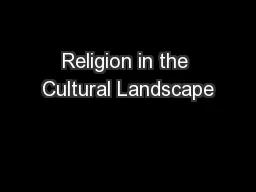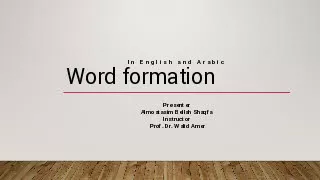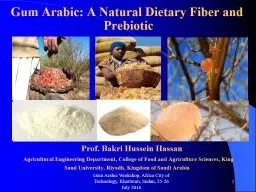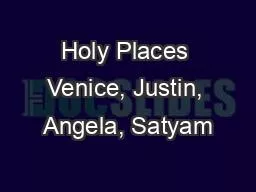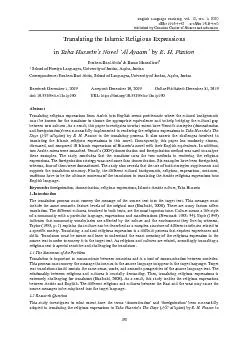PPT-Modern Arabic Life and Religious Holy Places
Author : calandra-battersby | Published Date : 2017-03-21
Warmup Identify the following countries 5 13 11 12 20c 14 20b 6 Review Questions 1 What are the Five Pillars of Islam 2 What is a theocracy 3 Why was the region
Presentation Embed Code
Download Presentation
Download Presentation The PPT/PDF document "Modern Arabic Life and Religious Holy Pl..." is the property of its rightful owner. Permission is granted to download and print the materials on this website for personal, non-commercial use only, and to display it on your personal computer provided you do not modify the materials and that you retain all copyright notices contained in the materials. By downloading content from our website, you accept the terms of this agreement.
Modern Arabic Life and Religious Holy Places: Transcript
Download Rules Of Document
"Modern Arabic Life and Religious Holy Places"The content belongs to its owner. You may download and print it for personal use, without modification, and keep all copyright notices. By downloading, you agree to these terms.
Related Documents

